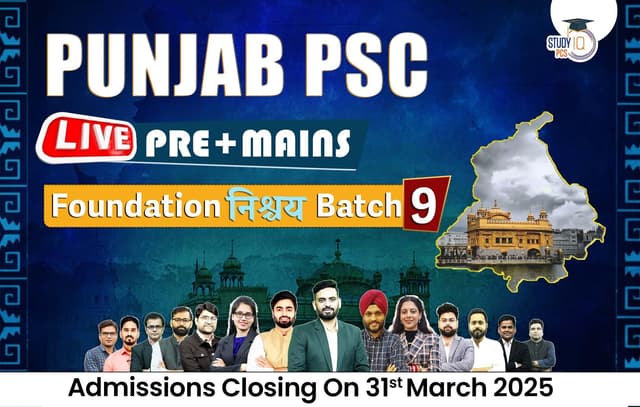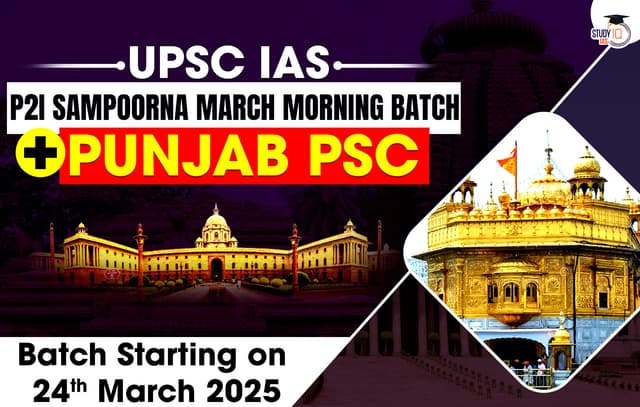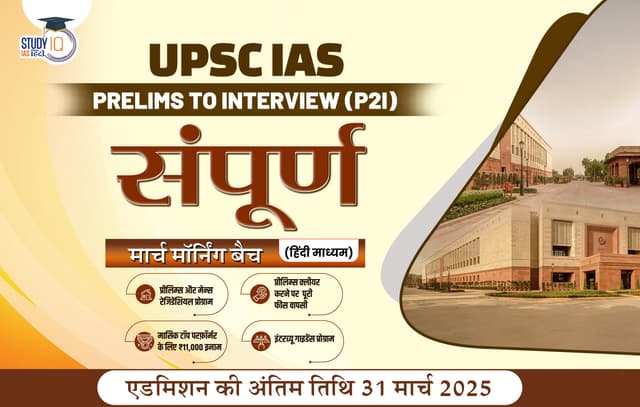Table of Contents
Traditional Ornaments in Punjab represent the region’s cultural richness and diversity, showcasing intricate craftsmanship passed down through generations. These ornaments not only hold aesthetic value but also symbolize power, wealth, and status, particularly in the context of festivals, weddings, and other important social occasions. Here’s a detailed breakdown of the common traditional ornaments worn by both men and women in Punjab, often associated with specific body parts:
Ornaments Worn by Men
- Head:
- Sarpesh, Kalgi, Mukat, Turah, Kutablidar: Ornamental pieces worn on the head, symbolizing royalty and honor.
- Ear:
- Bala, Murki: Ear ornaments often worn by men, typically simple yet significant.
- Neck:
- Takhti, Chandarma, Kantha, Mala, Janjeeri: Neck ornaments with varying designs, some more symbolic and others purely decorative.
- Wrist:
- Ponchi, Kara, Gokru, Rakhri: Bracelets and armlets that are significant in traditional attire.
Ornaments Worn by Women
- Head:
- Sisphul, Chaunk, Choti Phul, Sir Maang: These are commonly worn on the head during festivals, often accompanied by a braid or bun.
- Forehead:
- Tikka, Jhumar, Bindi, Chand Bina: Forehead ornaments are worn to enhance the bridal look or during cultural celebrations.
- Ear:
- Bali, Bali Bahaduri, Karanphul, Jhumka, Phumni, Dedi, Jhumka, Bali Bahaduri, Karanphool, Kaanta, Pipal Patti: A wide variety of ear ornaments, often elaborate and colorful, reflecting cultural significance.
- Neck:
- Champakali, Jugni, Chandan Haar, Mala, Mohran, Haul dil, Kandi, Gulband, Hass, Chandan Haar: Neckpieces are of various designs, often layered, and serve as a major part of bridal jewelry.
- Nose:
- Morni, Laung, Phull, Nath: Nose ornaments that complete the traditional bridal look.
- Wrist:
- Ponchain, Banka, Gajra, Churi, Kangan, Jhankangan: Various types of bangles and wrist ornaments, some of which are known for their symbolic significance.
- Arm:
- Bazuband, Nauratan, Taviz, Bhawatta, Bain: Arm ornaments that are often worn during weddings or other cultural ceremonies.
- Ankles:
- Paazeb, Jhanjar, Ghungru, Khalkhal: Anklets are often jingling, adding to the charm of a woman’s movements, especially during dance performances like Giddha.
These ornaments are not only decorative but also carry cultural and social significance, marking important milestones like weddings, festivals, and other celebrations. Each ornament has its own specific name and significance, varying in design, material, and function. The vibrant colors, intricate designs, and symbolic nature of these traditional pieces make them an essential part of Punjabi heritage.
Punjab PCS Important Links
| Punjab PCS Important Links | ||
| Punjab PCS Notification | Punjab PCS Apply Online | Punjab PCS Syllabus |
| PPSC Eligibility Criteria | PPSC PYQ | Punjab PCS Notes |

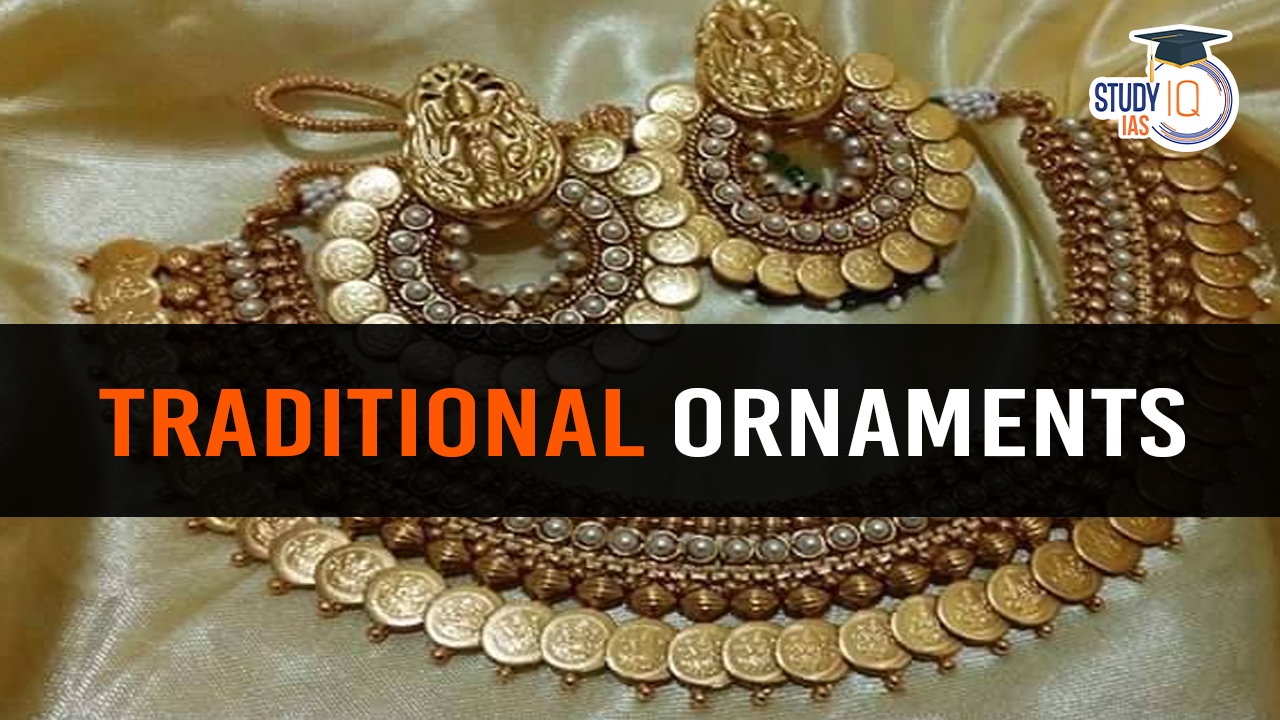
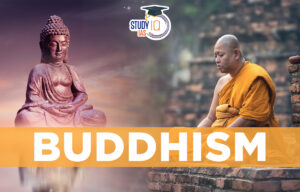 Buddhism History, Origin, Sect, Councils...
Buddhism History, Origin, Sect, Councils...
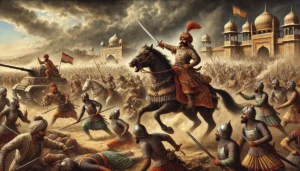 Rana Sanga: The Fearless Rajput King and...
Rana Sanga: The Fearless Rajput King and...
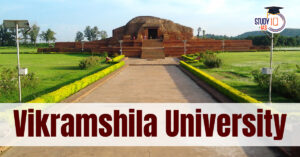 Vikramshila University Revival, Location...
Vikramshila University Revival, Location...
